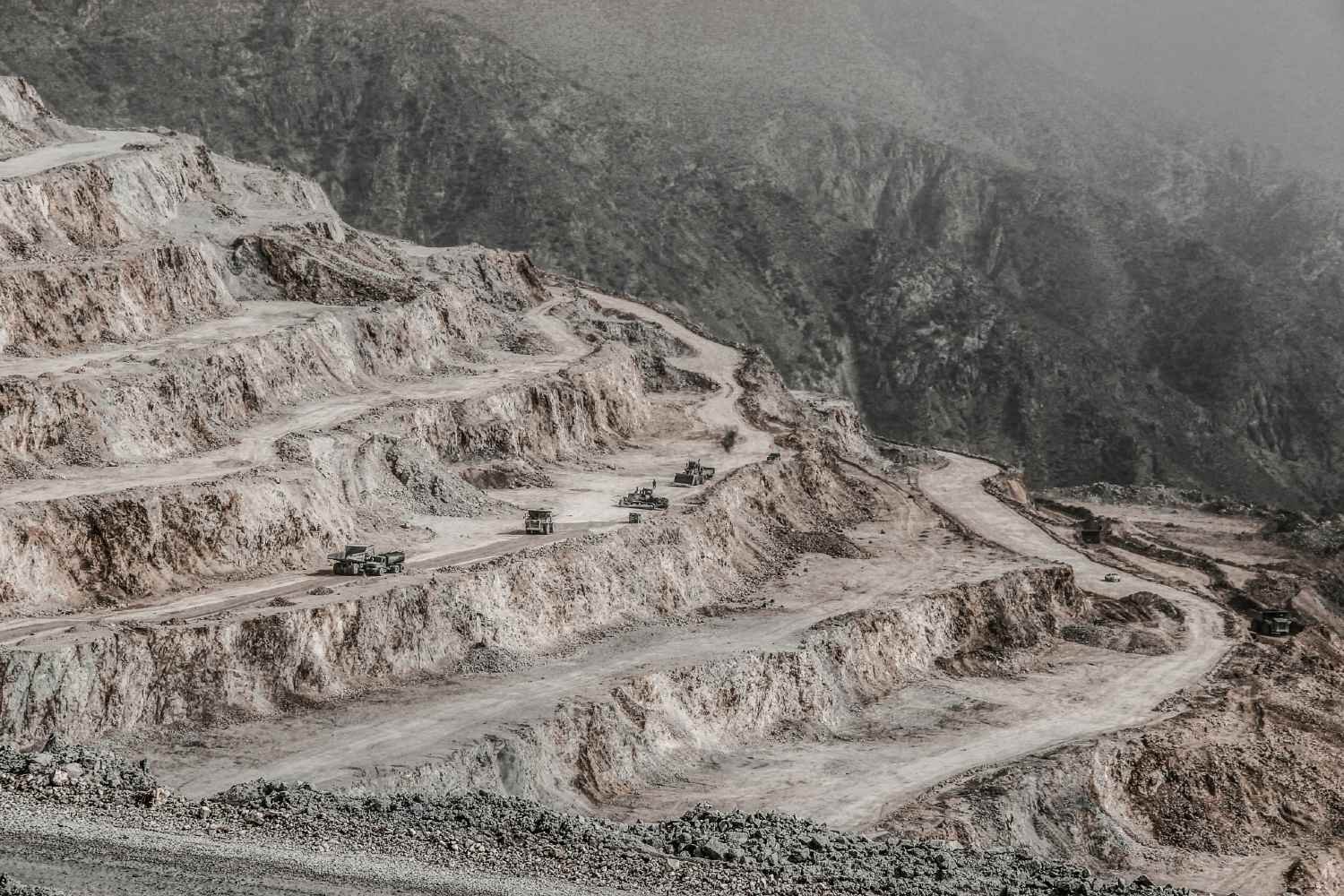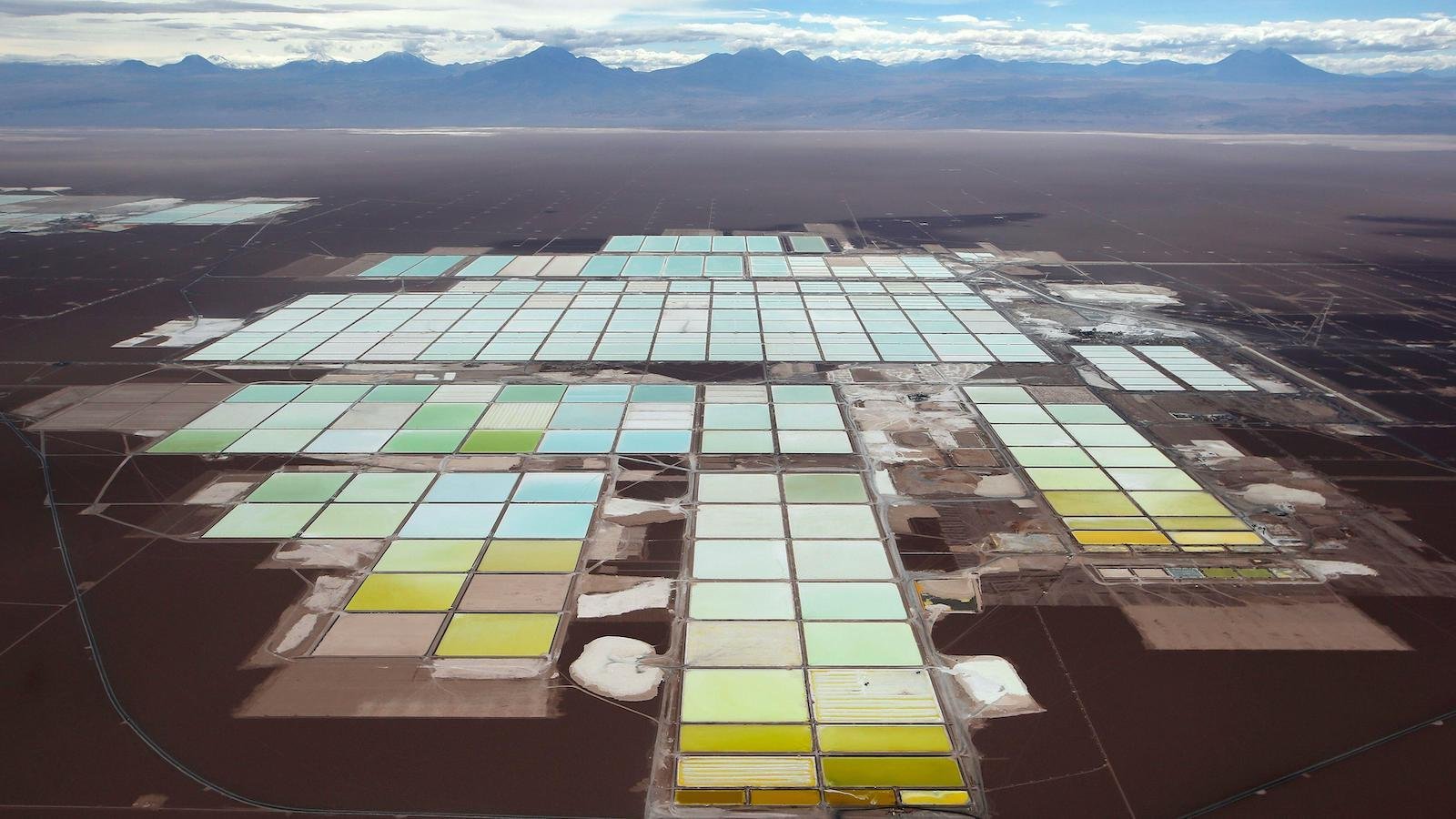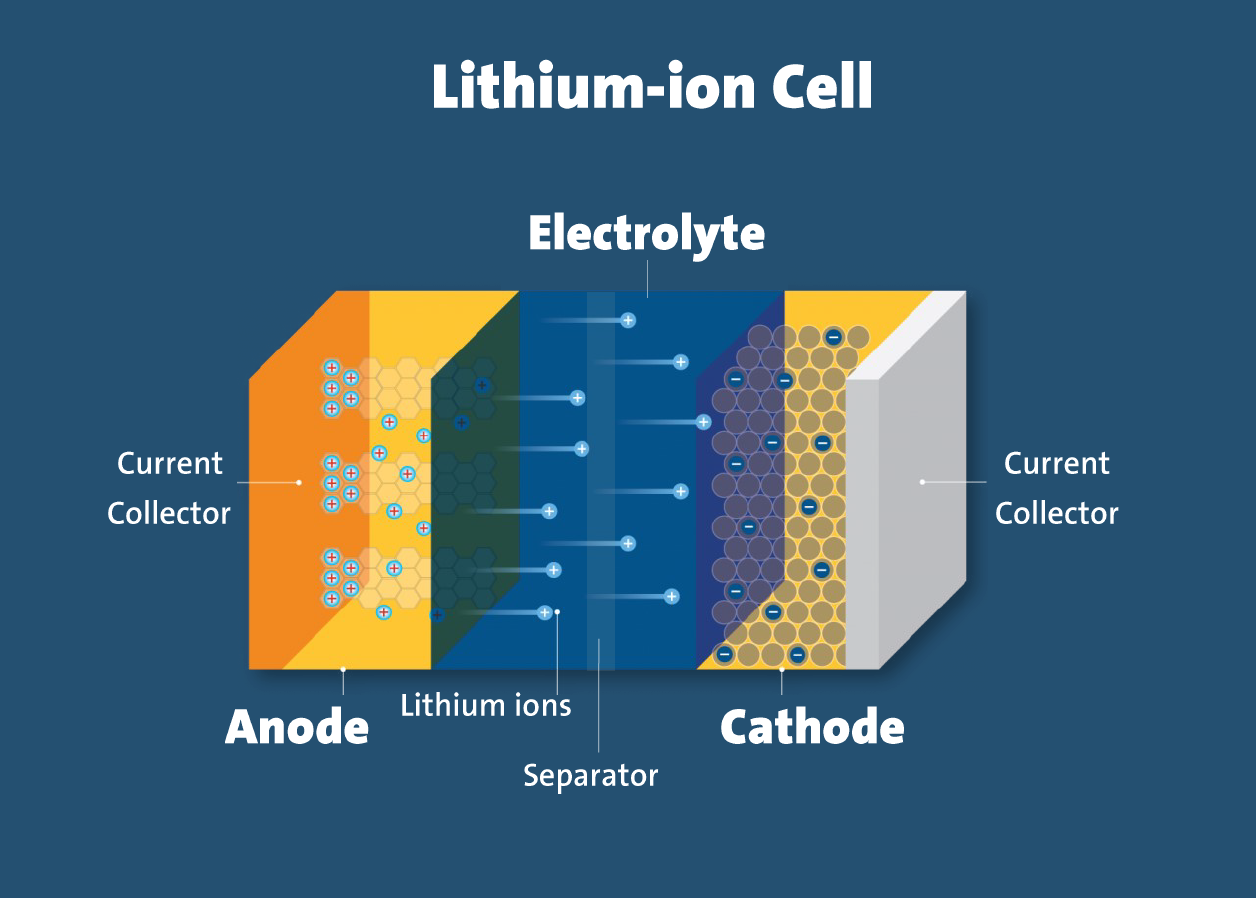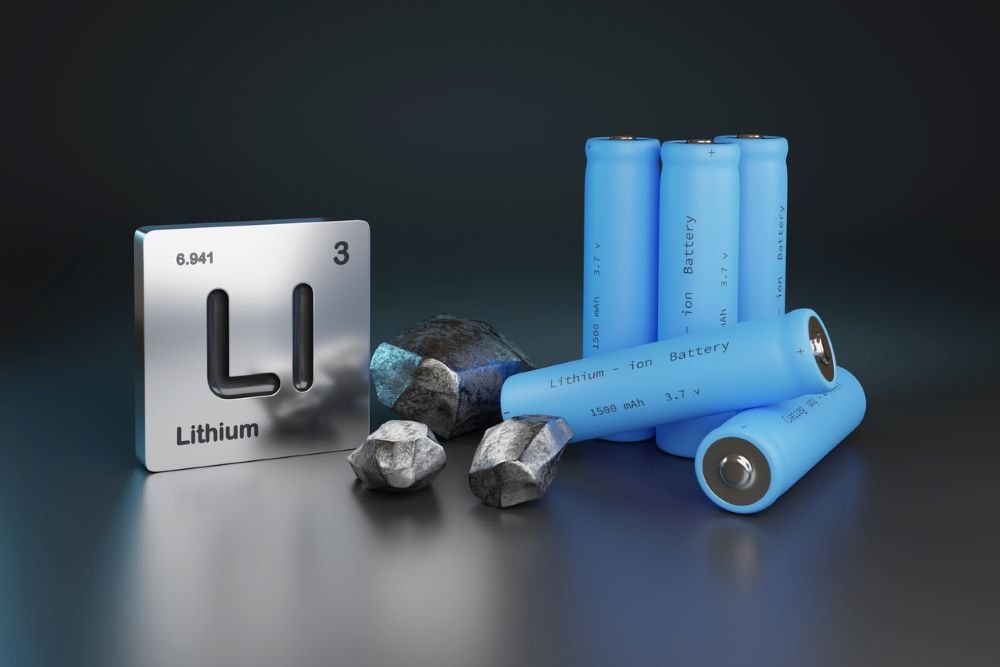
The Problem:





Lithium
As it currently stands, the world has roughly 98 million tonnes* available for mining. Which may sound like a lot, until you consider that our global consumption is exponentially rising, and we are estimated to consume 3 million tonnes** exclusively for electric vehicle batteries by 2030***. This scarcity is a massive problem as lithium is not only used in cars, but is present in almost all electronics on earth today, and most wouldn’t work without lithium.
Without the previously mentioned lithium, cell phones, laptops, tablets, and certain important desktop PC components would cease to be produced until more was obtained, creating a spike in prices due to the limited supply
The Last thing we should be worrying about is the carbon emissions of gas powered vehicles and start looking for the world stopping power that is scarcity of resources
Scarcity isn’t the only problem either…
Lithium mining uses a vast amount of Water and natural gas to blow away debris from the lithium, the natural gas itself isn’t harmful in this situation itself however, it’s the water. Water from lithium seeps into the group below it, as well as leaks from the mine towards natural water formations, polluting them with unsafe/toxic minerals. While this has become a problem just like any other mines have, this has become disastrous for South America, as Argentina and Chile hold 1st and 4th place in total quantities respectively. The number of mining expeditions has exploded over the last decade, and has caused adverse affects for the environments and water supplies in both countries.
The top image is one of a Lithium Brine, while the second is a Hard Rock mine. Brines produce less, take longer to produce the same amount, are three times more expensive per ton, as well as produce less than a tenth of the total pollution that hard rock mines do.
While these problems are scary, there is hope for us, and not just taking preventative action, but an outright solution.
*: Estimate from the Canadian Government
**: Estimate from Statista
***: Estimate from the APM Research Lab


